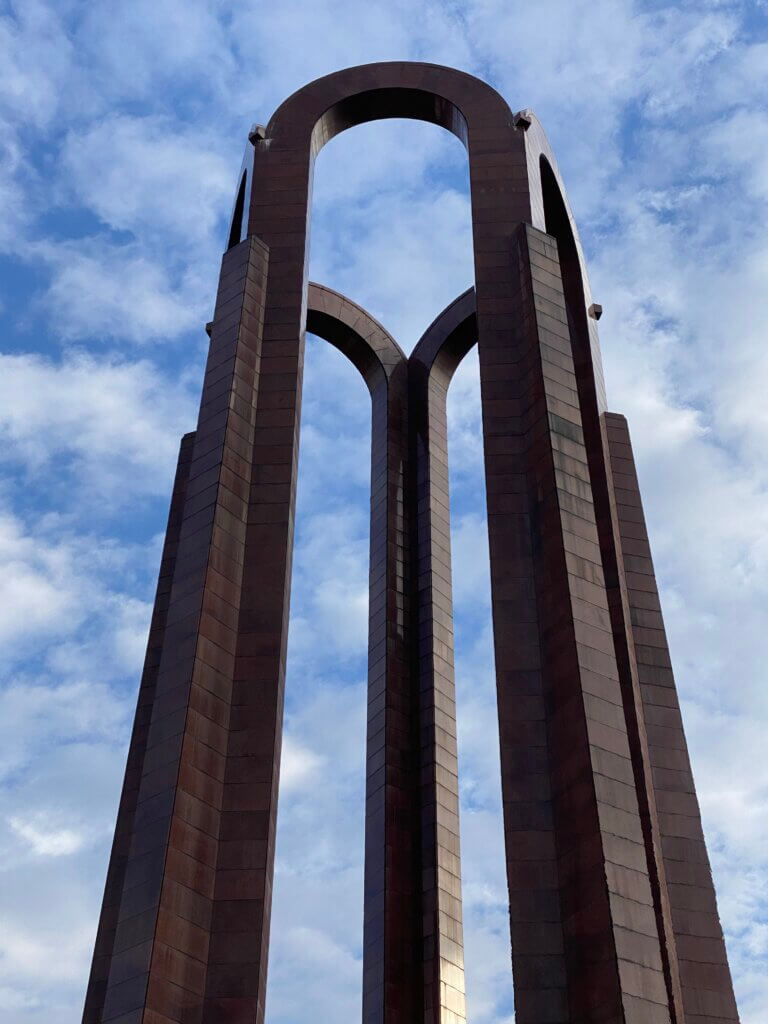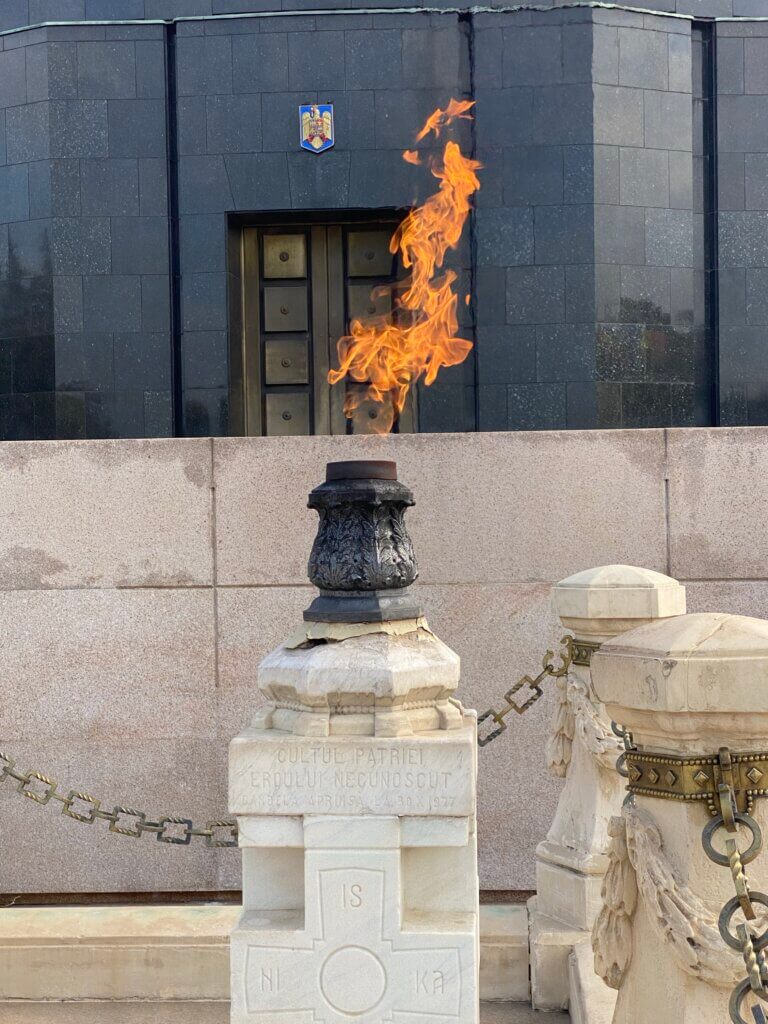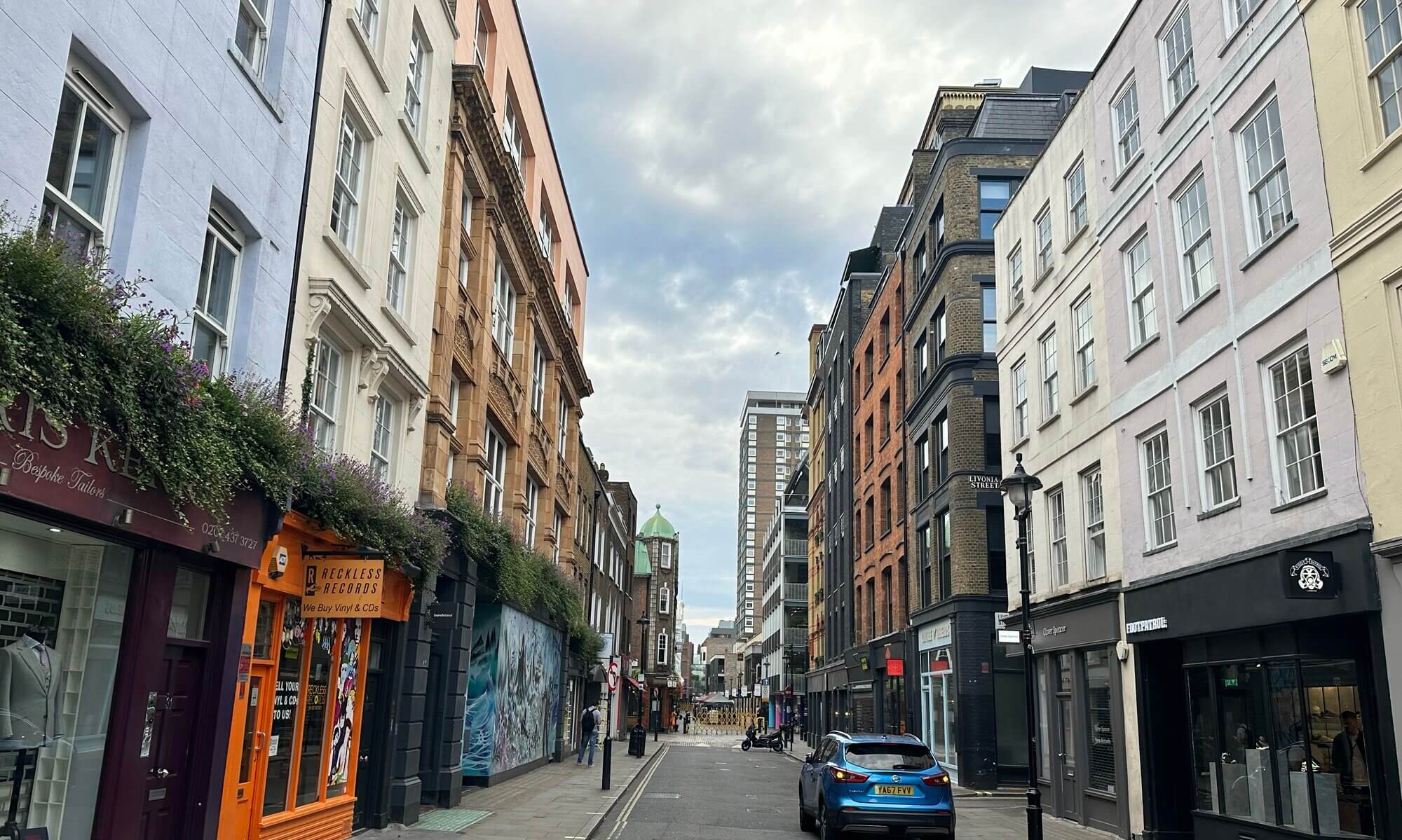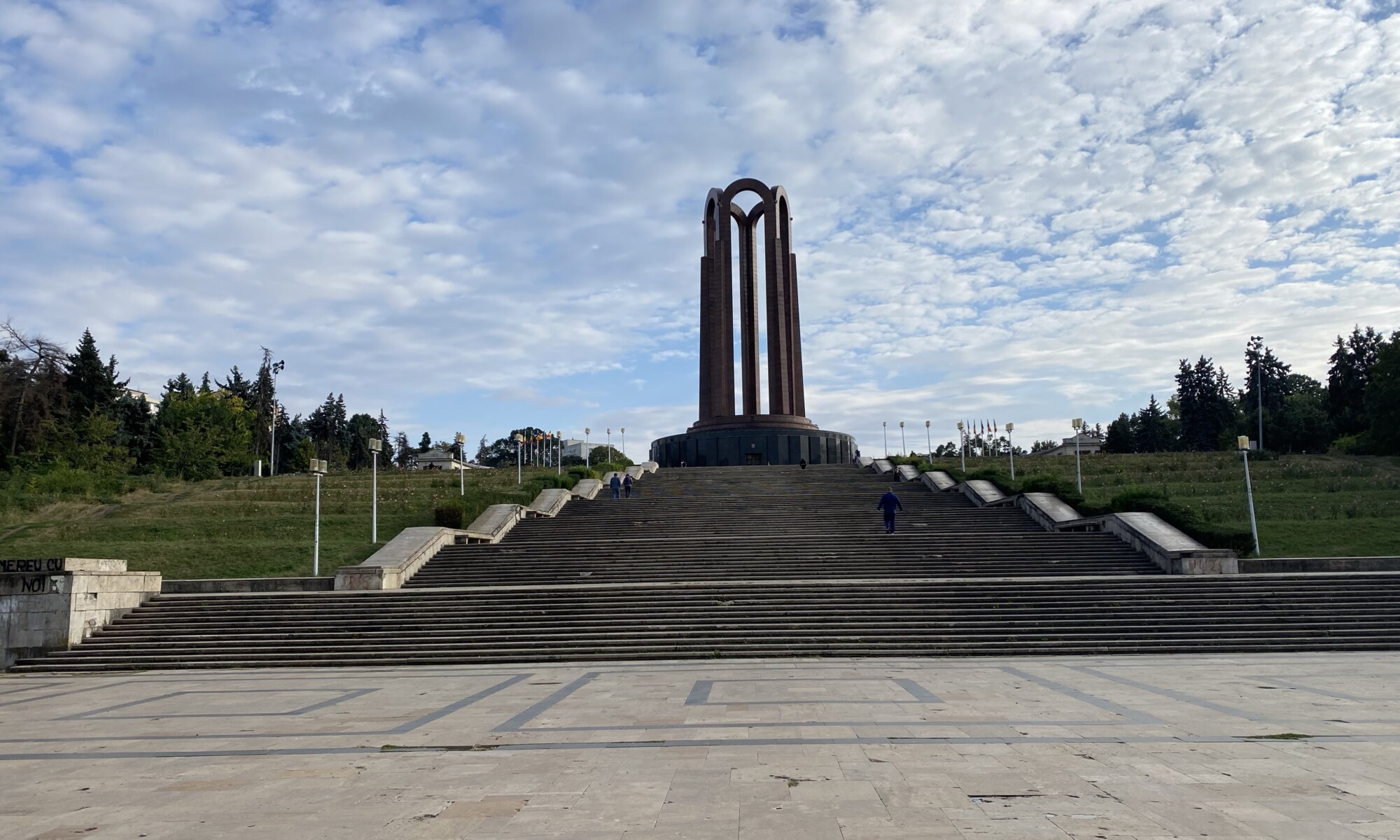The public park named after Carol I. is a brilliant example of brutalist architecture and a demonstration of the power of the Communist party. Originally, it was a park opened in 1906 that was created to commemorate the reign of the first king of Romania. In Communist times after World War II the park was used for a different purpose.

Parcul Carol, București 
Parcul Carol, București
Today the park starts in the north with a zodiac fountain. Then an exceptionally long straight axis leads you through the garden and via a bridge over a lake to an impressive wide and long stairway. At its upper end on Filaret hill, you’ll find what was formerly the monument of the heroes for the freedom of the people and of the motherland, for socialism (today called nation’s heroes memorial) with an eternal flame in front and guarded by soldiers.
Around the monument you’ll see a rotunda which served as a mausoleum that you’re not allowed to enter. It was used to bury Communist leaders. After the revolution of 1989, these persons were removed in 1991 and brought to other cemeteries. During Communist times, the park was called Parcul Libertății (liberty park) to remove the reference to royalism. Today it is again the Parcul Carol.
Parcul Carol
București
Romania
Loading map...


